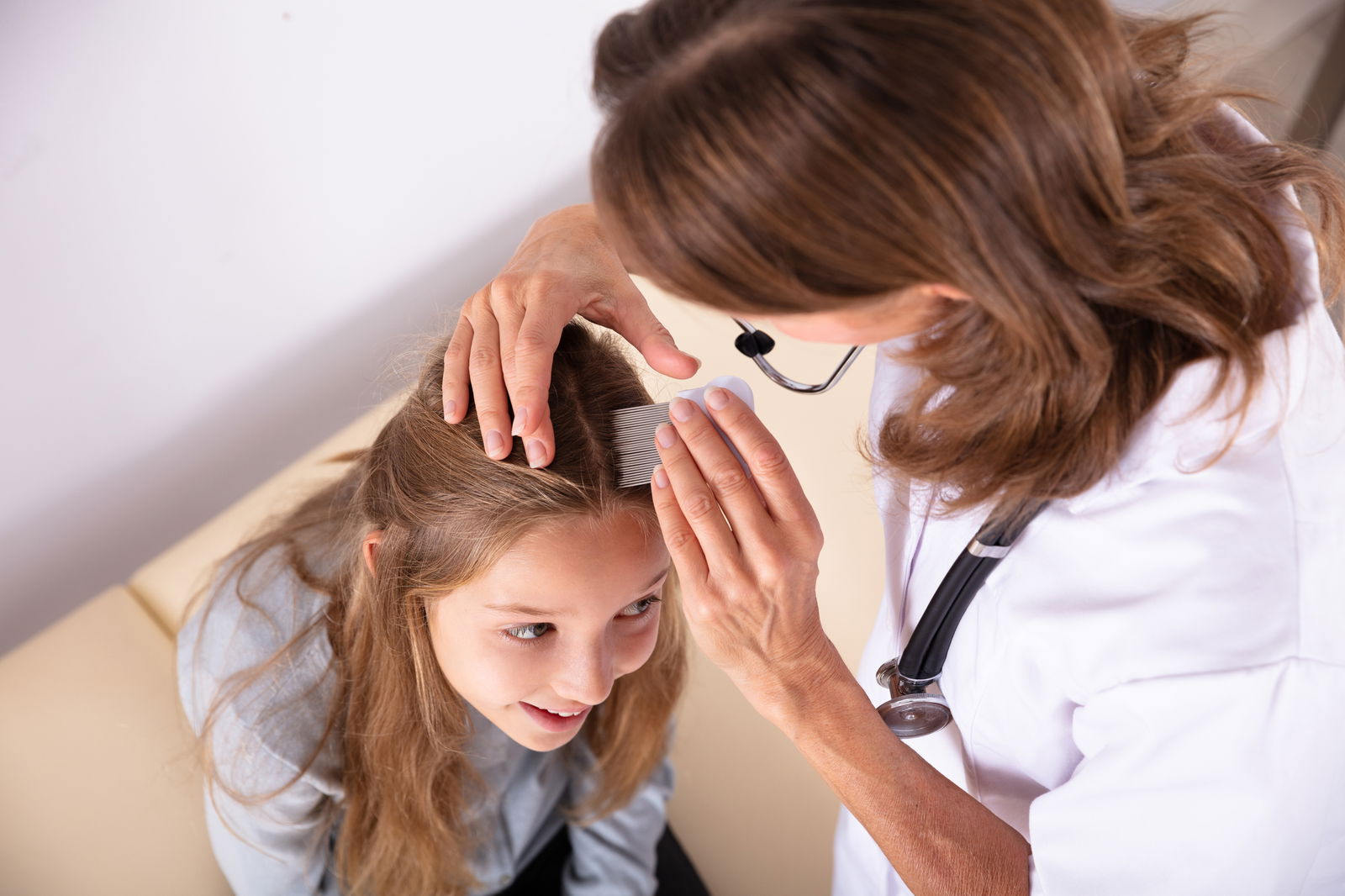Treatment for lice

By Metro Creative
Treatment for head lice should not begin before a live nymph or adult louse is identified, advises the American Academy of Pediatrics.
A health care provider will carefully comb wet, lubricated hair with a fine-toothed comb from the scalp to the end of the hair looking for a live louse. In addition, he or she may use a special light called a Wood’s light, which causes lice eggs, also known as nits, to appear bluish. If live lice are found, a non-prescription medication likely will be recommended, says the Mayo Clinic.
Some studies suggest a first treatment, and then a second seven to nine days later to address nymphs that may have hatched after the first application, as these medicines do not kill nymphs, only live lice.
Common medication used to treat lice include permethrin, a synthetic version of a compound extracted from the chrysanthemum flower, and ivermectin lotion.
If a non-prescription treatment fails repeatedly, a doctor may recommend a prescription treatment. Some lice have developed a resistance to non-prescription products, and there’s also a chance for user error. Spinosad, malathion and a tablet form of ivermectin may be prescribed.
— Metro Creative

